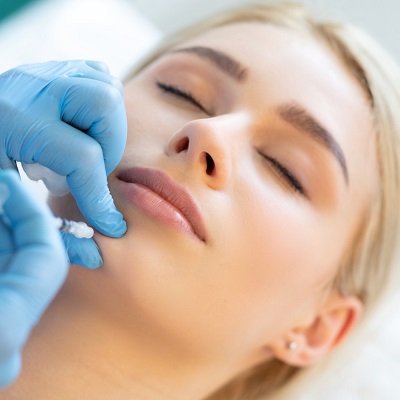Introduction
Temporomandibular joint (TMJ) disorders encompass a range of conditions affecting the jaw joint and surrounding muscles. These disorders can lead to significant discomfort, pain, and functional issues, often impacting a person’s quality of life. Traditional treatments for TMJ disorders include medications, physical therapy, and dental splints. However, an emerging and innovative treatment option is the use of Botox in Muscat(botulinum toxin). Originally renowned for its cosmetic applications, Botox has gained attention in the medical field for its potential to alleviate symptoms associated with TMJ disorders. This article explores how Botox works, its benefits, limitations, and overall role in managing TMJ disorders.
Understanding TMJ Disorders
TMJ disorders involve dysfunction of the temporomandibular joint, which connects the jawbone to the skull. The primary symptoms of TMJ disorders include:
- Jaw pain
- Clicking or popping sounds when moving the jaw
- Difficulty or discomfort while chewing
- Headaches and earaches
The causes of TMJ disorders are multifactorial, including factors such as jaw injury, arthritis, teeth grinding, and misalignment of the teeth or jaw.
How Botox Works
Botox, or botulinum toxin, is a neurotoxic protein produced by the bacterium Clostridium botulinum. When injected in small, controlled doses, Botox temporarily paralyzes or relaxes specific muscles by blocking nerve signals. This effect is used both cosmetically to reduce wrinkles and medically to treat various conditions involving muscle spasticity.
For TMJ disorders, Botox is injected into the muscles responsible for jaw movement, such as the masseter and temporalis muscles. By reducing the muscle activity, Botox helps to alleviate symptoms like pain and muscle tension.
Benefits of Botox for TMJ Disorders
1. Pain Relief
Botox injections can significantly reduce pain associated with TMJ disorders. By relaxing the muscles around the jaw, Botox decreases the strain and pressure on the temporomandibular joint, which helps to alleviate pain.
2. Reduction in Muscle Tension
Muscle tension and spasticity are common in individuals with TMJ disorders. Botox helps to reduce this tension, leading to improved jaw movement and a decrease in symptoms such as jaw clenching and grinding.
3. Improvement in Jaw Function
Many patients with TMJ disorders experience limited jaw movement. Botox can improve jaw function by relaxing the overactive muscles, making it easier for patients to chew and speak without discomfort.
4. Minimally Invasive
Botox injections are a minimally invasive option compared to surgical interventions. The procedure typically involves only a few injections and requires little to no downtime, making it a convenient option for many patients.
Limitations and Considerations
1. Temporary Effects
The effects of Botox are temporary, typically lasting between three to six months. Patients may need repeated treatments to maintain symptom relief, which can be a consideration for long-term management.
2. Potential Side Effects
While Botox is generally considered safe, it can have side effects such as bruising, swelling, or pain at the injection site. Some patients may also experience headaches or temporary weakness in the treated muscles.
3. Variable Results
Not all patients respond to Botox treatment in the same way. Some individuals may experience significant relief, while others may see minimal improvement. The variability in response can depend on factors such as the severity of the TMJ disorder and the accuracy of the injection sites.
4. Cost
The cost of Botox treatment can be a factor for some patients, as it is often not covered by insurance when used for TMJ disorders. The expense of repeated treatments may be a consideration for ongoing management.
Conclusion
Botox represents a promising treatment option for managing TMJ disorders, offering potential benefits such as pain relief, reduced muscle tension, and improved jaw function. Its minimally invasive nature makes it an attractive alternative to more invasive procedures. However, patients should be aware of the temporary nature of Botox’s effects, potential side effects, and the variable response among individuals. As with any medical treatment, it is important to consult with a healthcare provider to determine if Botox is a suitable option based on individual needs and circumstances. With continued research and development, Botox may become an increasingly integral component of the treatment landscape for TMJ disorders, providing relief and improved quality of life for many patients.





Comments